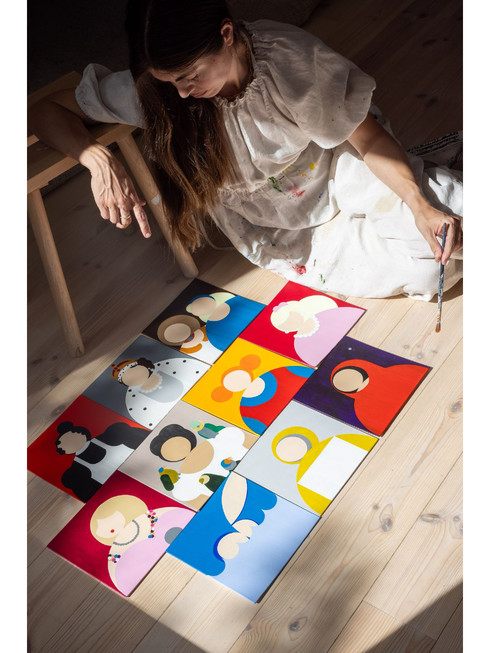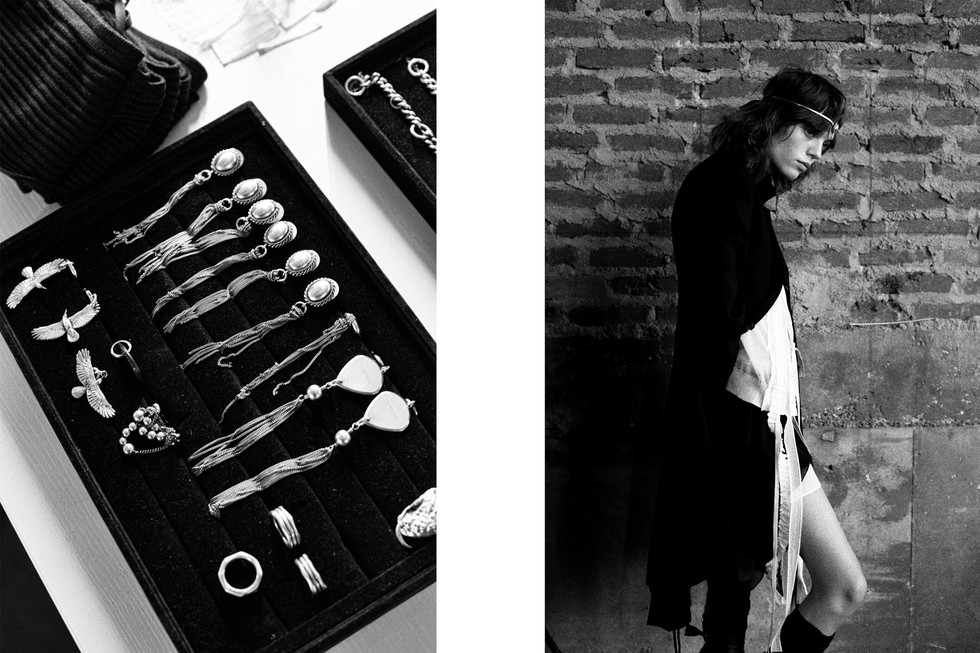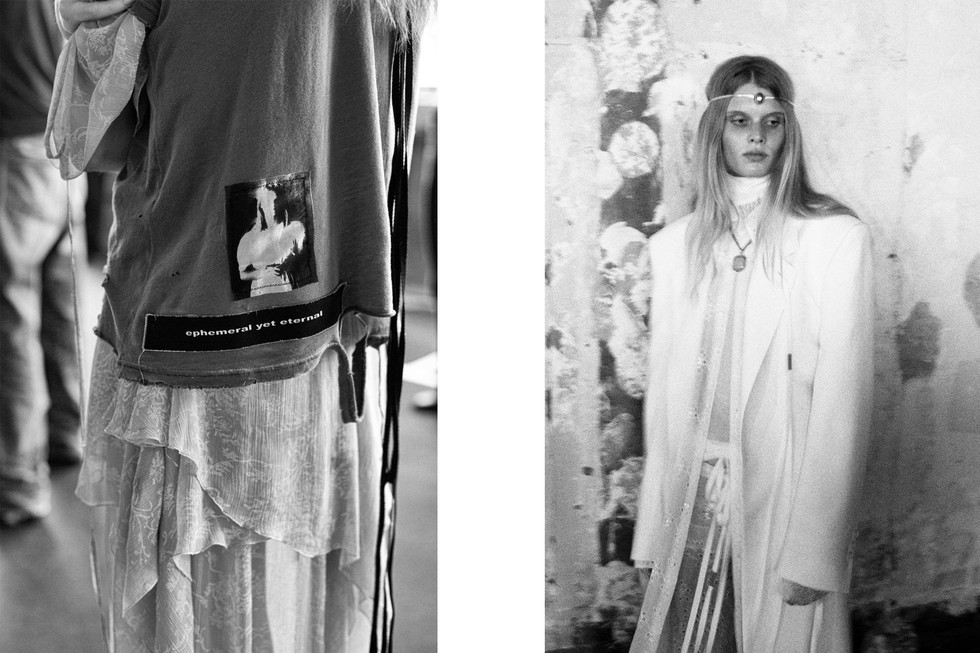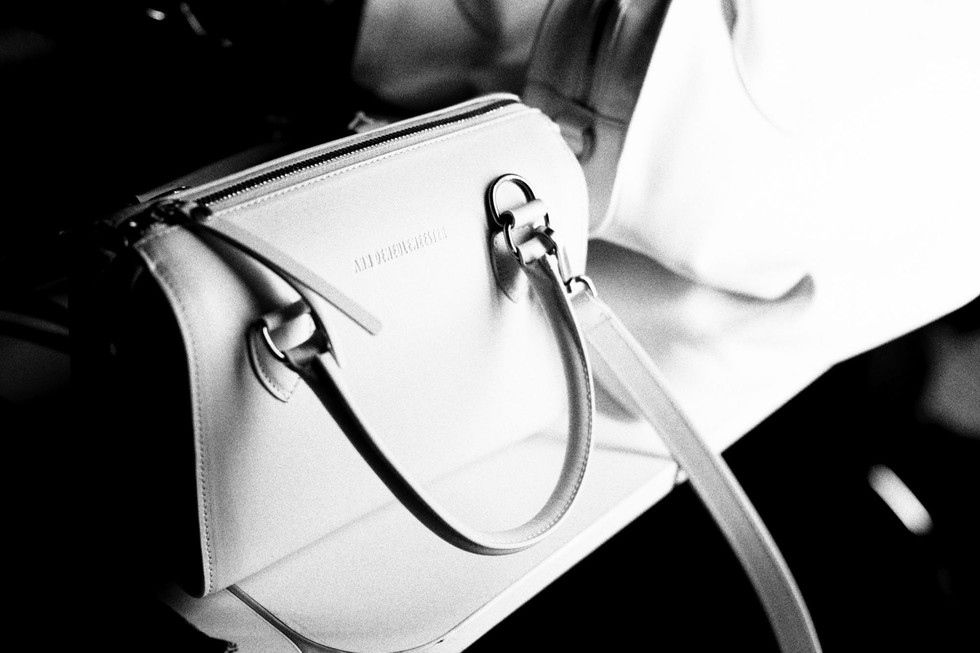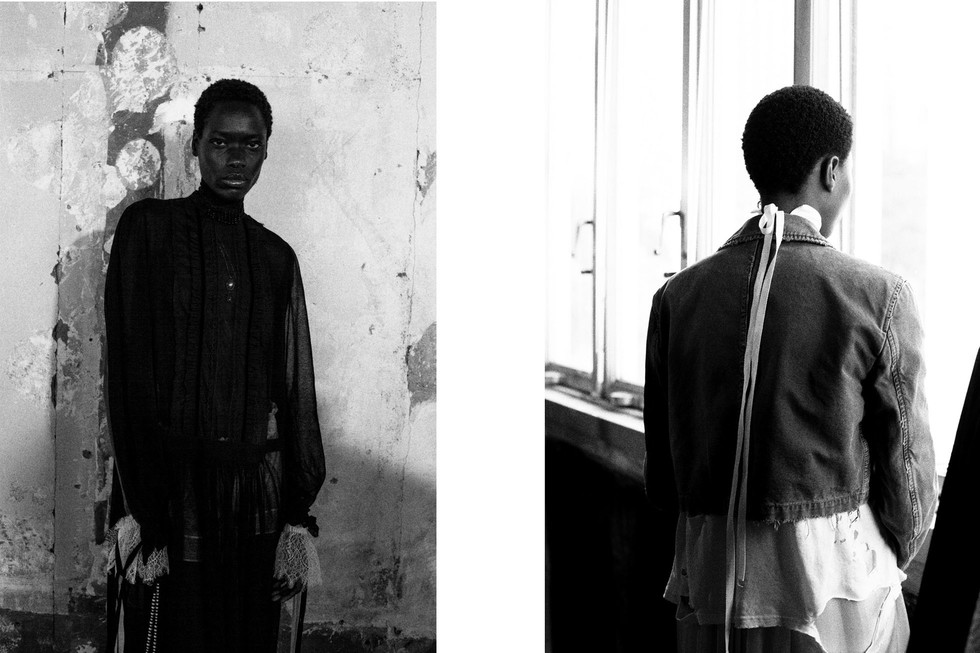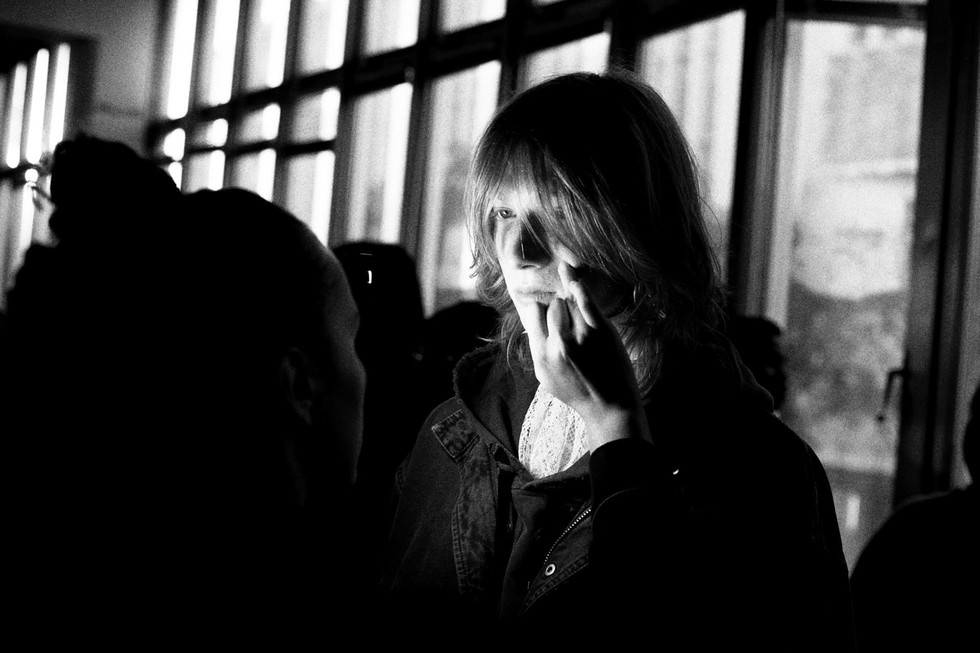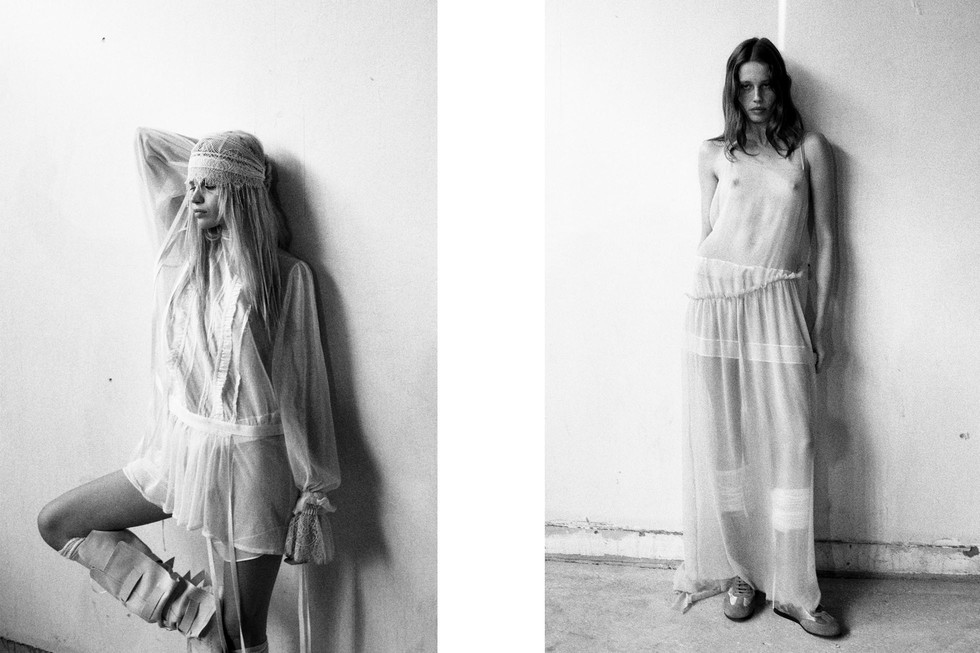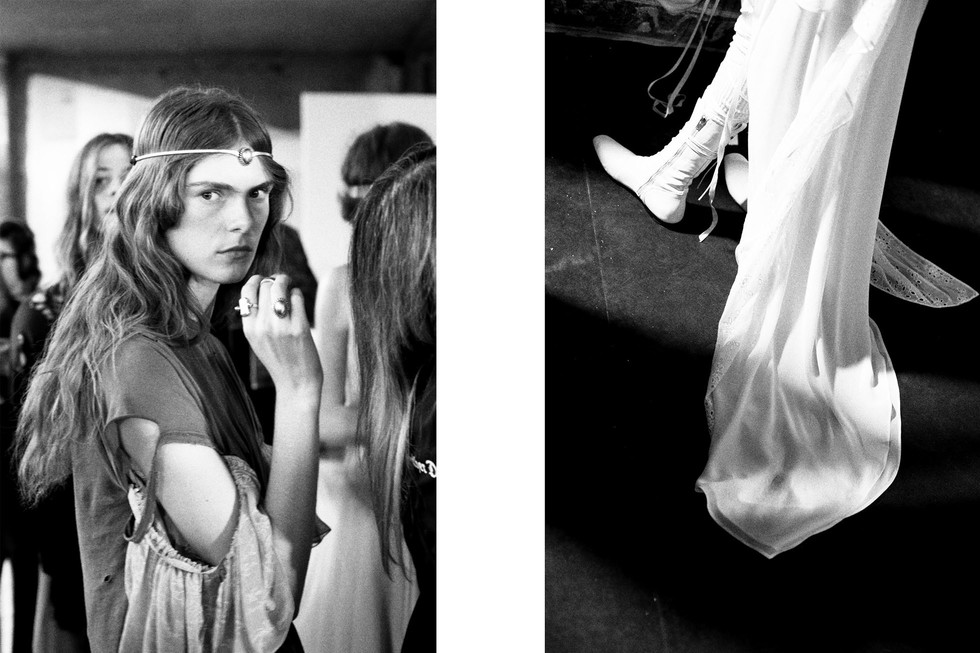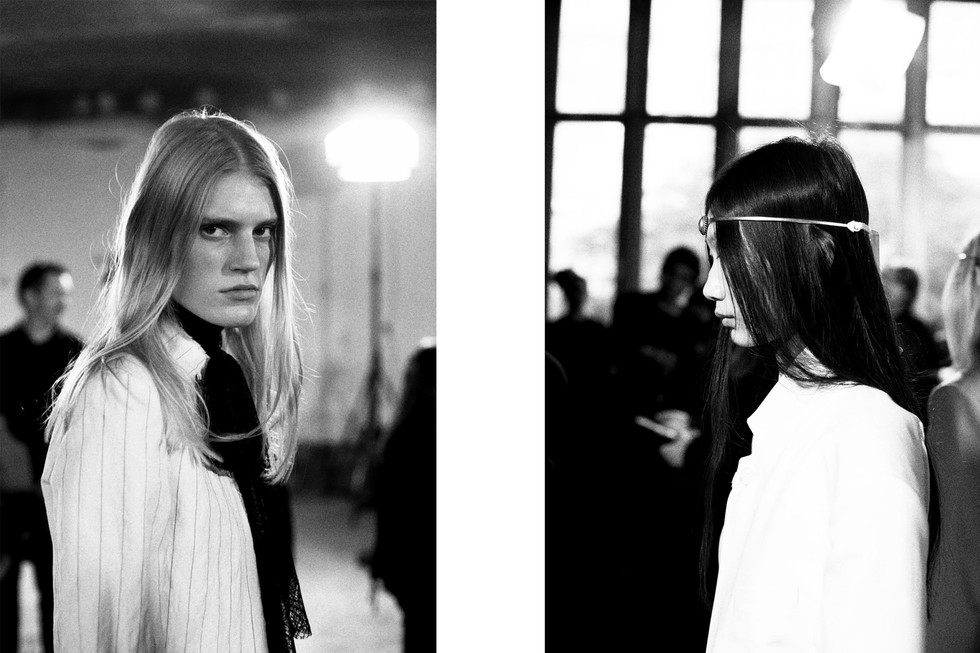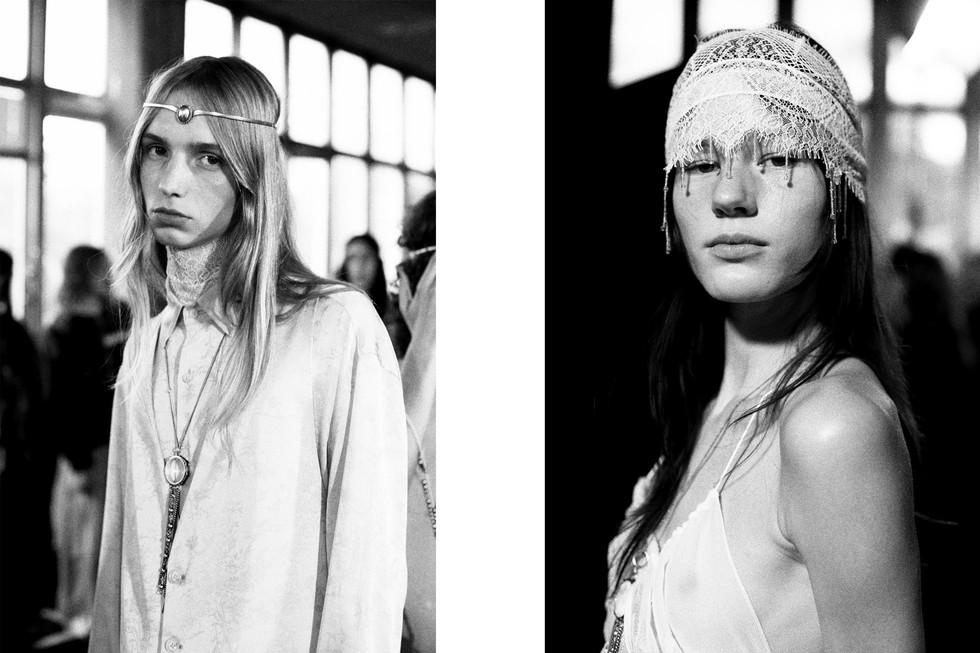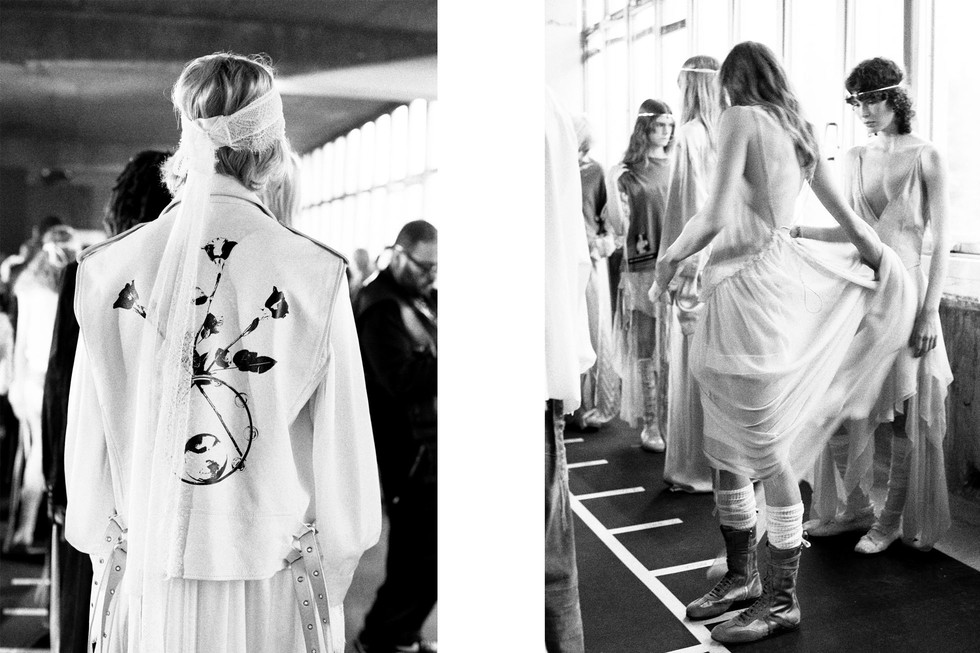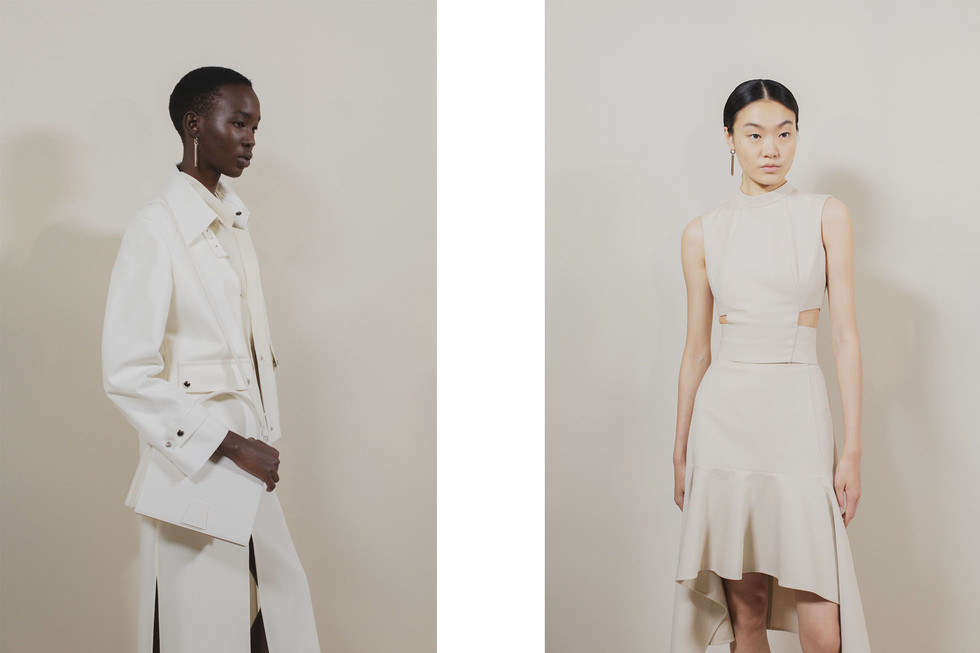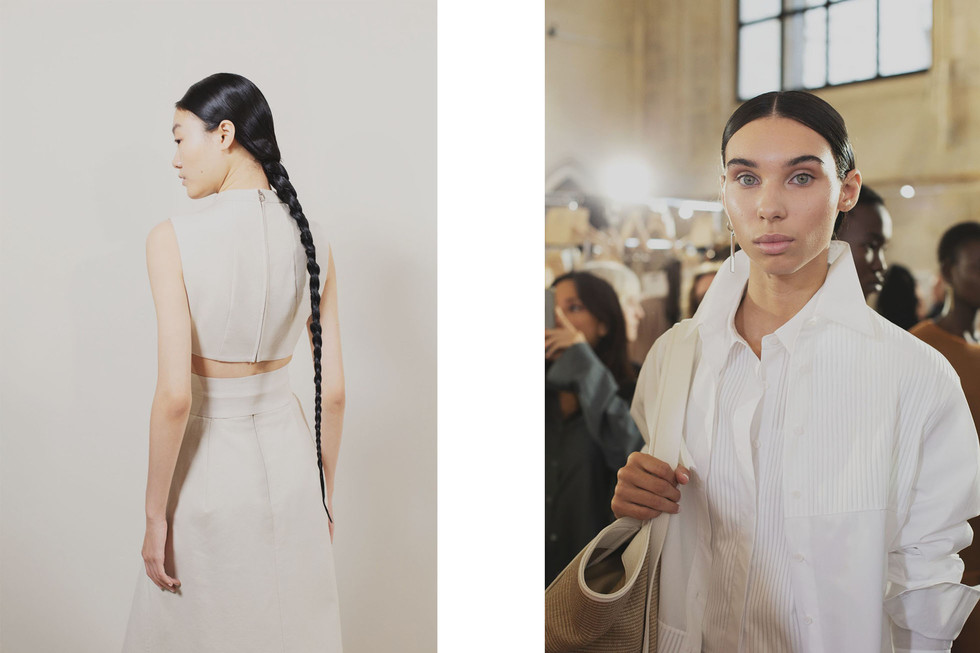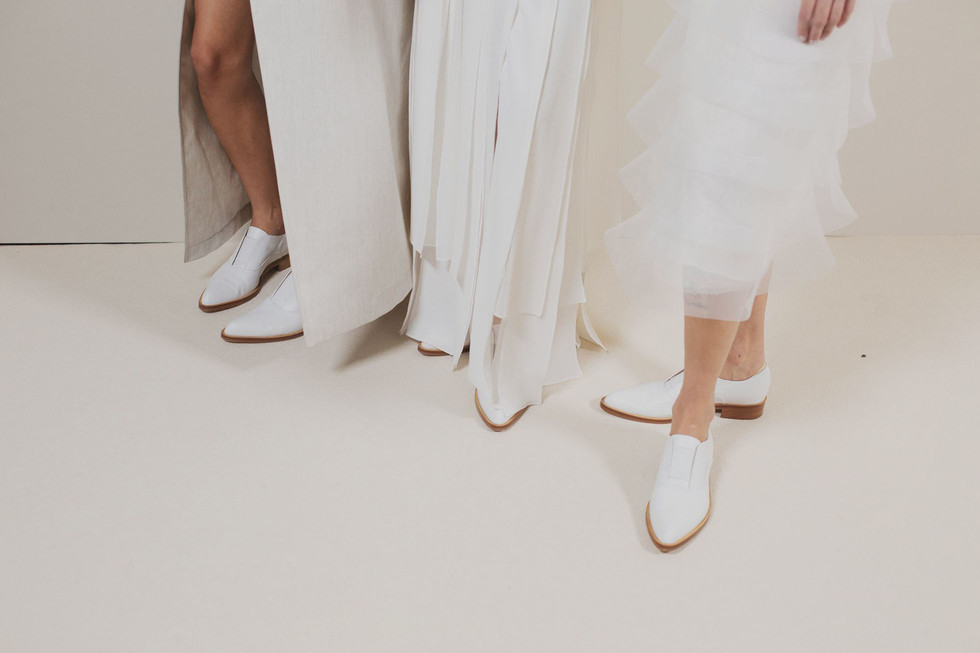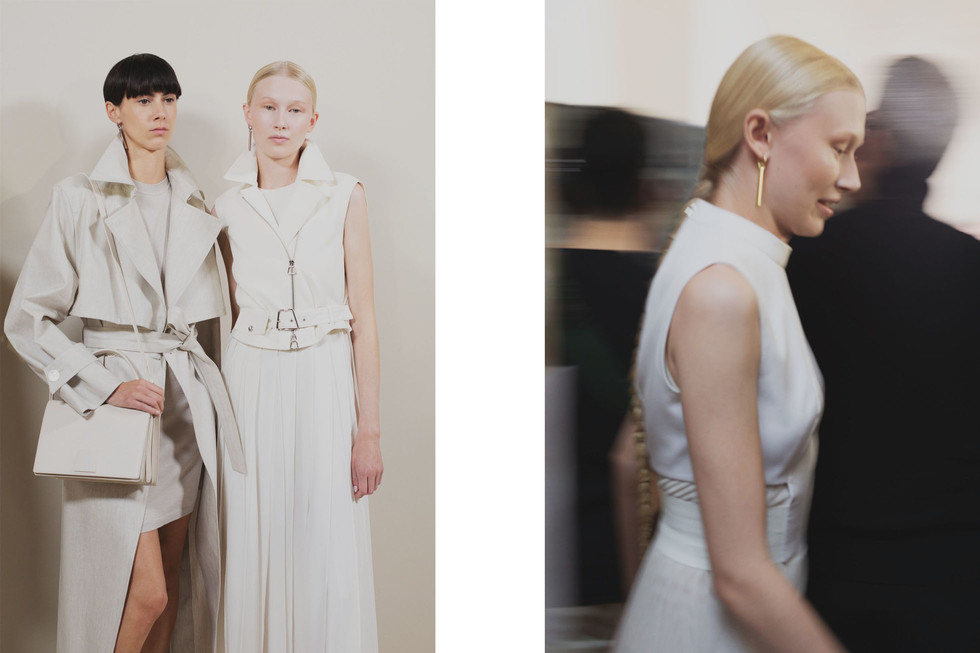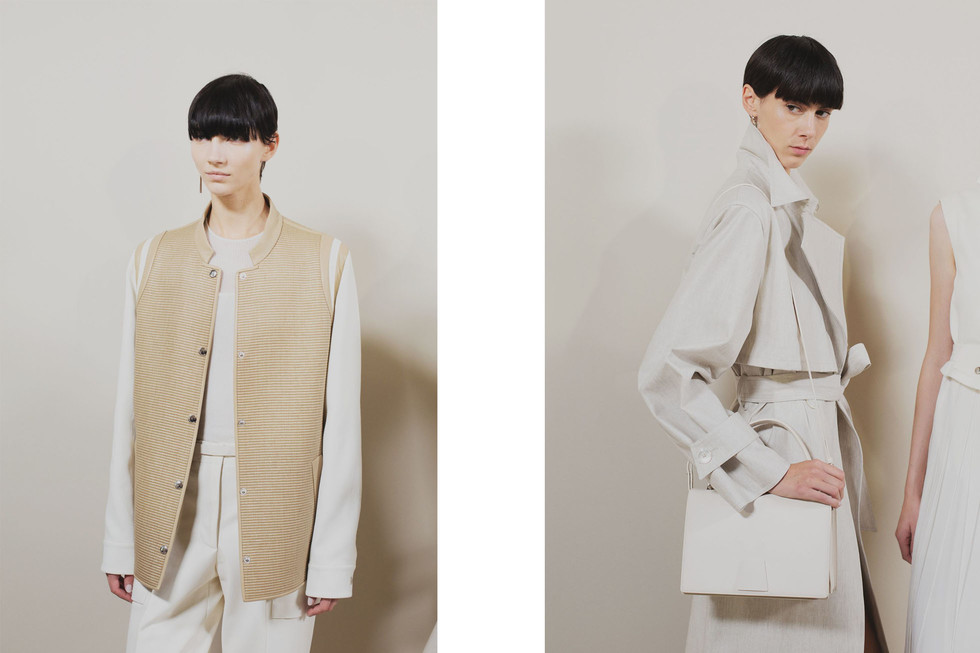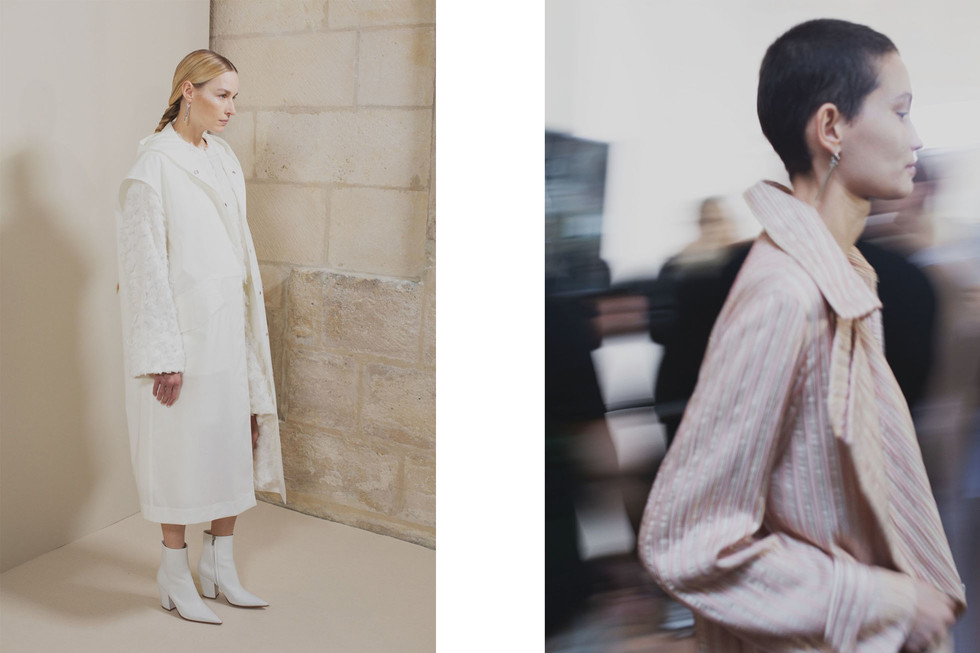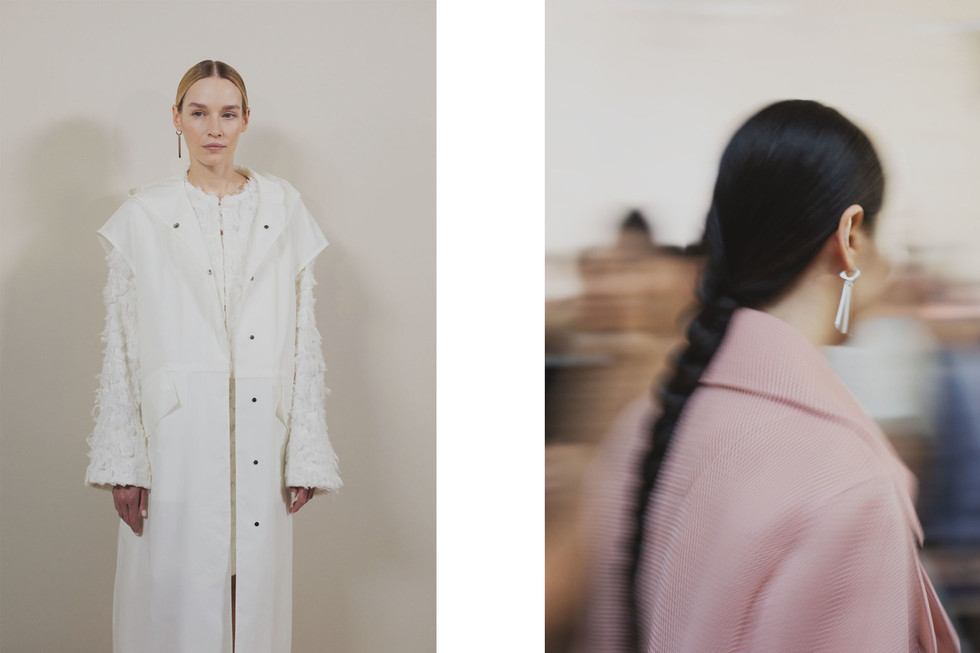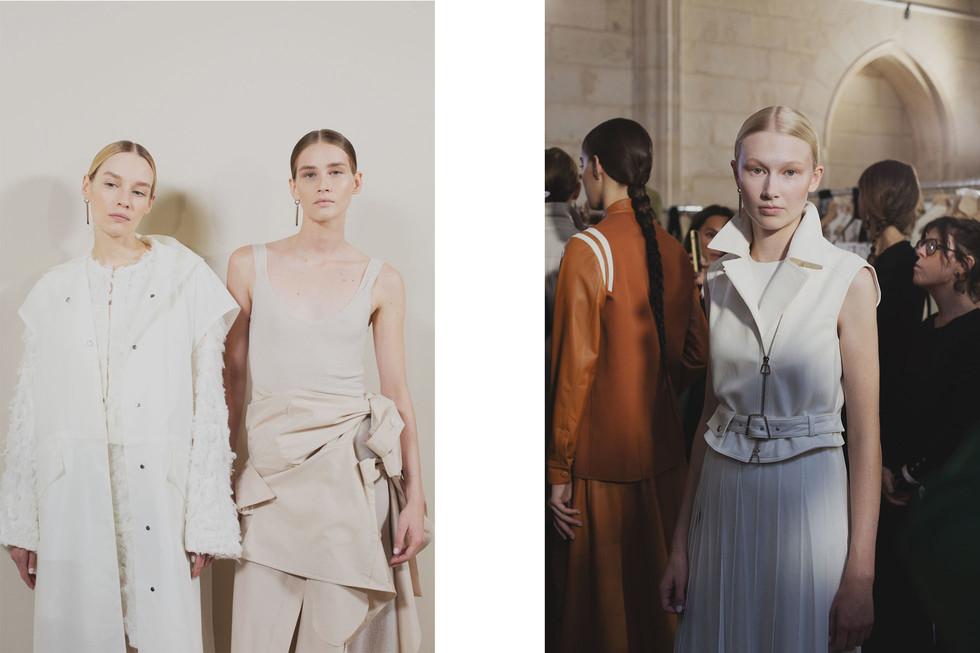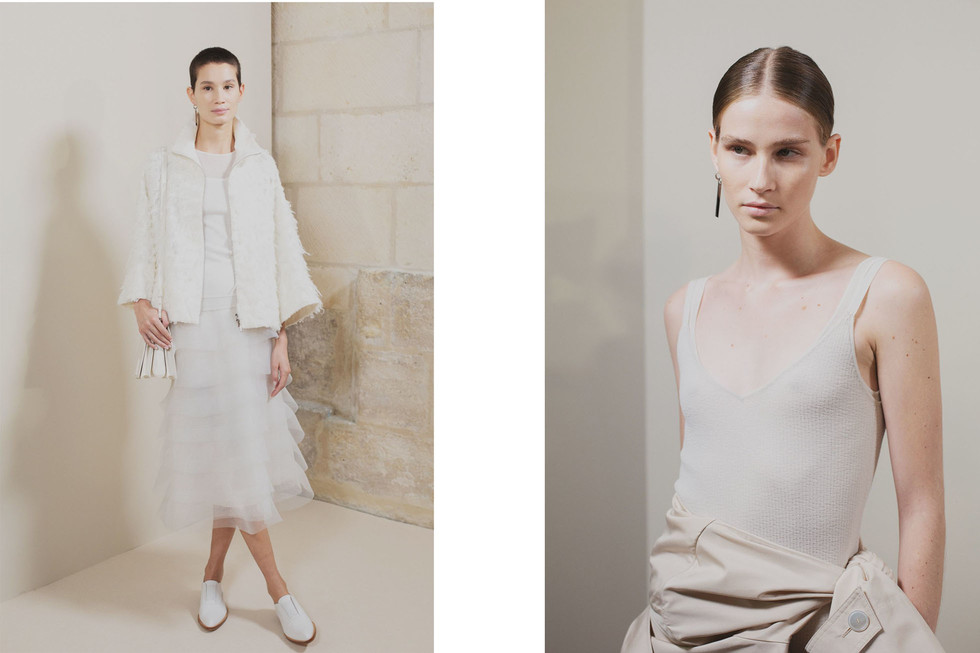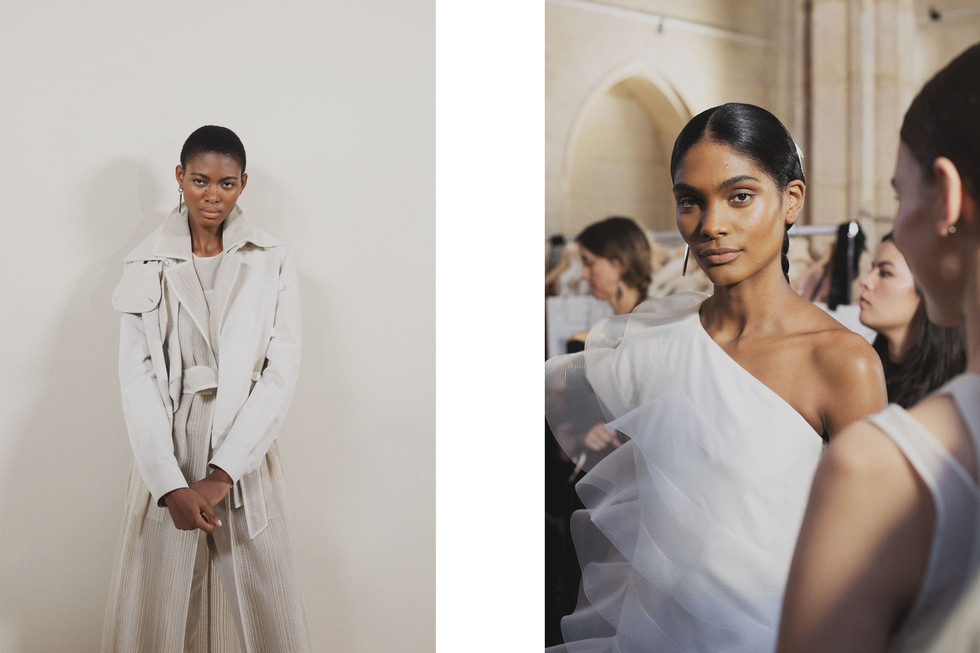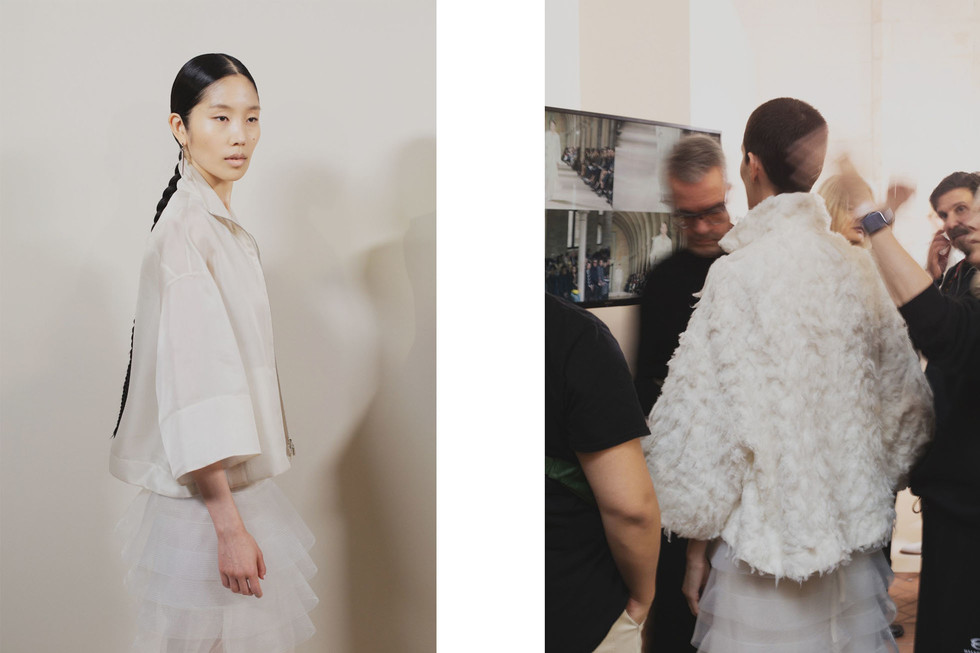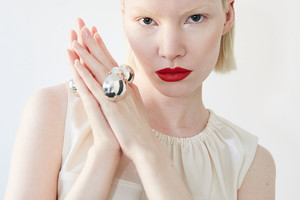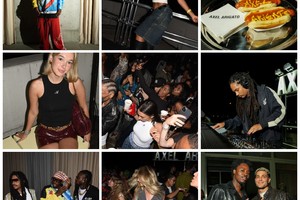Affordable Art Fair turns 25 years! An interview with fair director Carl Wilhelm Hirsch
Written by Ulrika LindqvistThe Affordable Art Fair celebrates its 25th anniversary this year and will take place in Stockholm from October 2nd to October 6th. We spoke with Fair Director Carl Wilhelm Hirsch about how the event has evolved over the years and what he is most excited about for this year’s fair.
Ulrika Lindqvist: Congratulations on 25 years of Affordable Art Fair! Can you tell us a memorable event from these 25 years?
Carl Wilhelm Hirsch: Thank you very much. We are celebrating with a packed program at Nacka Strandsmässan from October 2-6. Among other things, unique anniversary artworks have been created by various artists and creators. For example, UK-based artist Matt Dosa has created an exclusive artwork in an edition of 25, which will only be sold during the fair. Artist Sarah Otley has created a unique series called 25 Women, where she highlights inspiring women from around the world. She has chosen 25 to celebrate that Affordable Art Fair is turning 25 years old and that the fair has supported and helped female artists and gallerists throughout the years. For me, my art collecting journey began at Affordable Art Fair in 2013, long before I started working with the fair. I had just moved and needed art for my new home. I bought two works by the artist Cecilia Haupt, which I still have at home. I always feel happy when I see them and can think back on everything that brought me back to Affordable Art Fair.
UL: How has the fair evolved during these 25 years?
CWH: Affordable Art Fair was founded in 1999 in London by Will Ramsay as a counterpoint to what he experienced as an elitist art scene in London. Affordable Art Fair strives to lower the barriers to the art world and aims to offer an atmosphere where all questions are allowed, prices are clearly visible, and the mood is good and welcoming. The fair is now held in 14 cities, with Stockholm being the only one represented in the Nordic countries. Other cities include New York, Singapore, Berlin, and Hong Kong. Over the years, the fair has helped open up the art world to more people. Only living artists are represented at Affordable Art Fair, and over the years, the fair has helped open up opportunities for many talented new artists to reach a broader audience.
UL: What would you recommend to new visitors to the fair? How can they make the most of the experience?
CWH: We constantly strive to lower the barriers to the art world. All works are priced between 900 – 90,000 SEK. New this year is that visitors can navigate the fair even more easily based on their own budget, as we have introduced QR codes that can be easily scanned to see which galleries have works under 1,500 SEK, under 5,000 SEK, and under 10,000 SEK. We will also have several artists doing live paintings as part of the program to give visitors an exclusive insight into the creative process. The whole fair is like a big inspiration boost. Visitors can buy art directly from the fair, and all gallerists and artists are open to talking and informing about the artworks on-site.
UL: Please tell us what this year’s theme Home is where the art is means to you?
CWH: Home is where the art is focuses on how art can create a home and how art can reflect our emotions, expressions, and style. The fair offers a wide range of artworks that fit both the wallet and the home, whether your taste is minimalist or more colorful and expressive.
UL: What role do you think Affordable Art Fair plays in making art accessible to a wider audience?
CWH: To make art accessible and to lower the barriers into the art world.
UL: What advice would you give to emerging artists hoping to showcase at the Affordable Art Fair?
CWH: Be bold. Dare to go visit gallerists in their spaces, present yourselves and your ideas. Dare to do and do over again, find what brings you joy in creating. In many cases, doing what brings you the most joy, is what helps you evolve as an artist and as a person.
UL: Can you please tell us about the concept “Spotlight”
CWH: Under the Spotlight concept, well-known stylists and interior designers will create three inspiring rooms that show how art can be integrated into the home in creative ways. Among them are color expert Sara Garanty, Juliet Nilsson from Nordic Art Agency, and gallerist Deborah Duerr with her concept 'TAKEAWAY by Duerr.' Their booths showcase new ideas and perspectives on how art can transform a room and make it more personal and vibrant.
UL: How do you select the artists for the fair?
CWH: We look a lot at what we think will do well at the fair. We want our gallerists to succeed and we strive to have a wide curation so that everyone can find something that speaks to them.
UL: What are you most looking forward to for this years fair?
CWH: To see the rooms created in the Spotlight section. The curators have done a great work, finding their own unique style, incorporate objects and colors to create vibrant and cozy rooms that I believe will lift the experience of the fair.
Read more at www.affordableartfair.com

